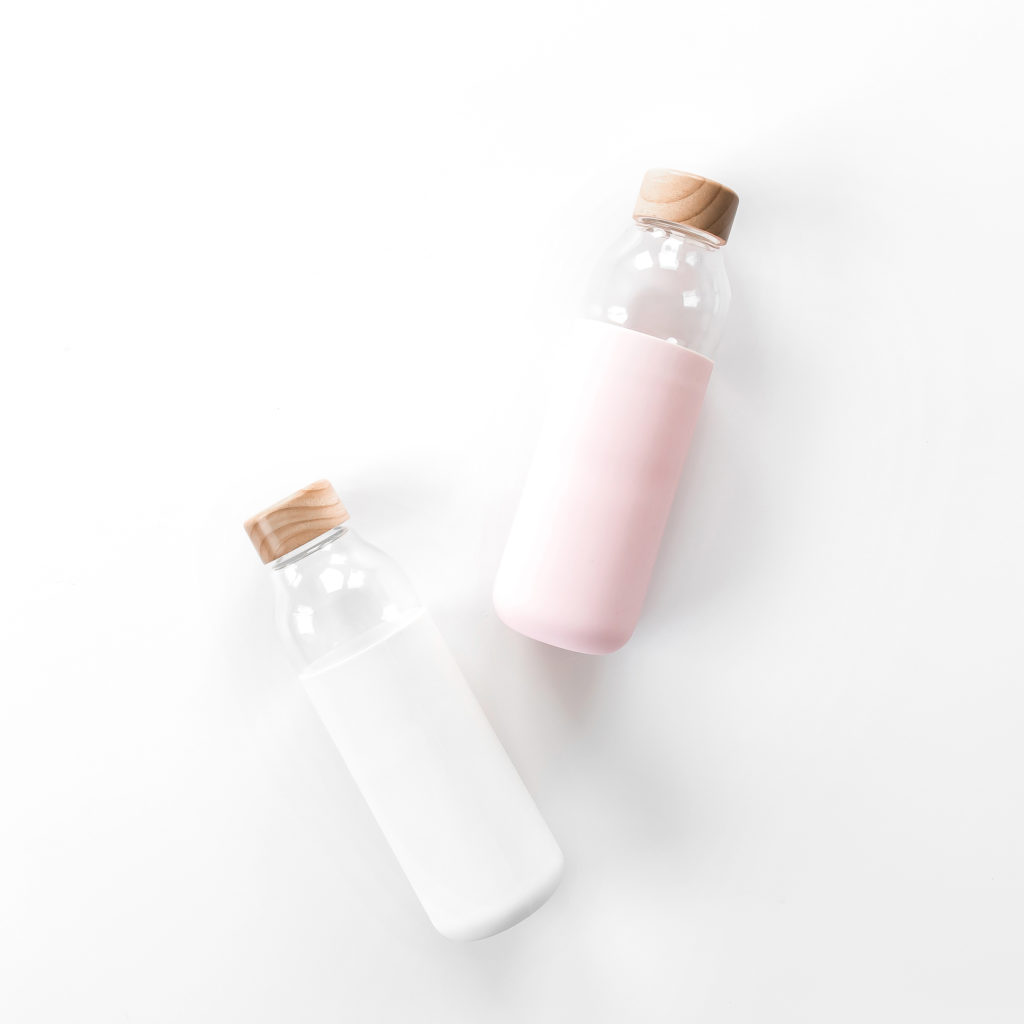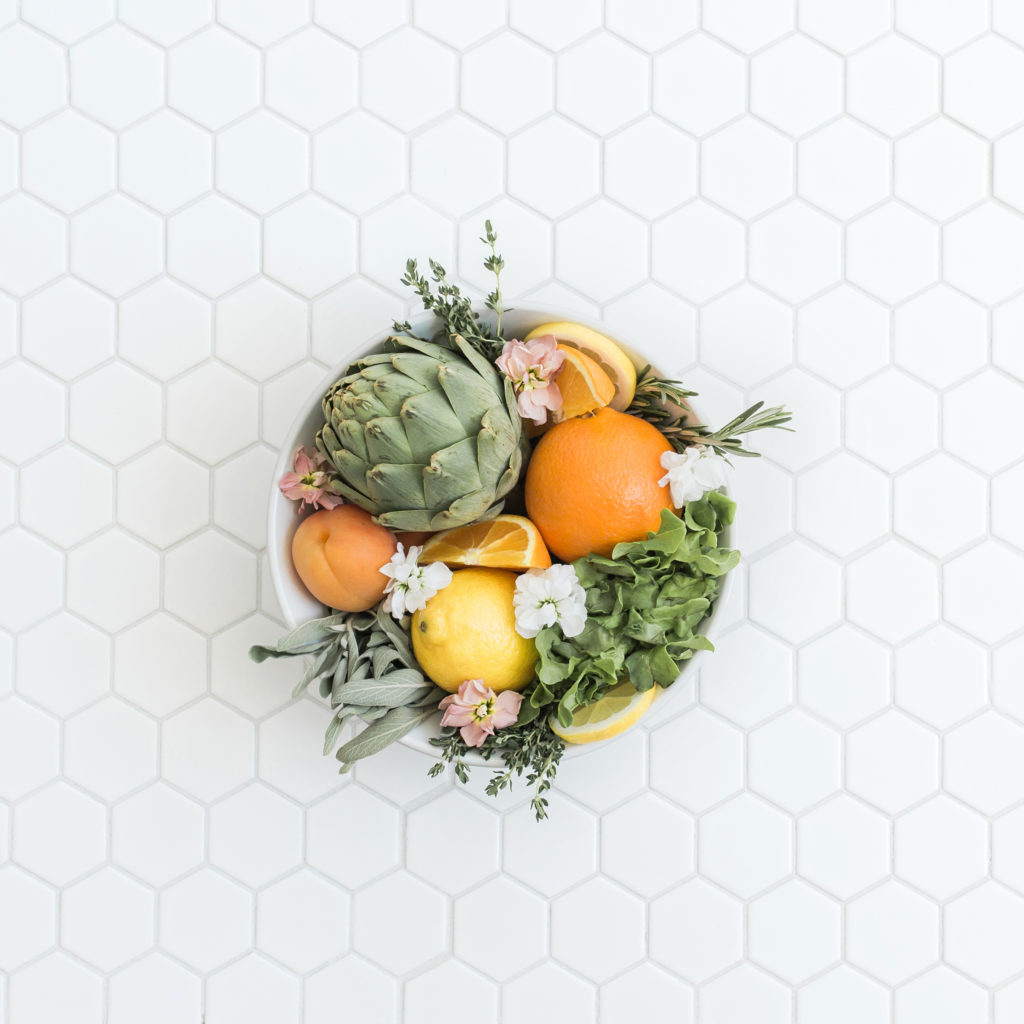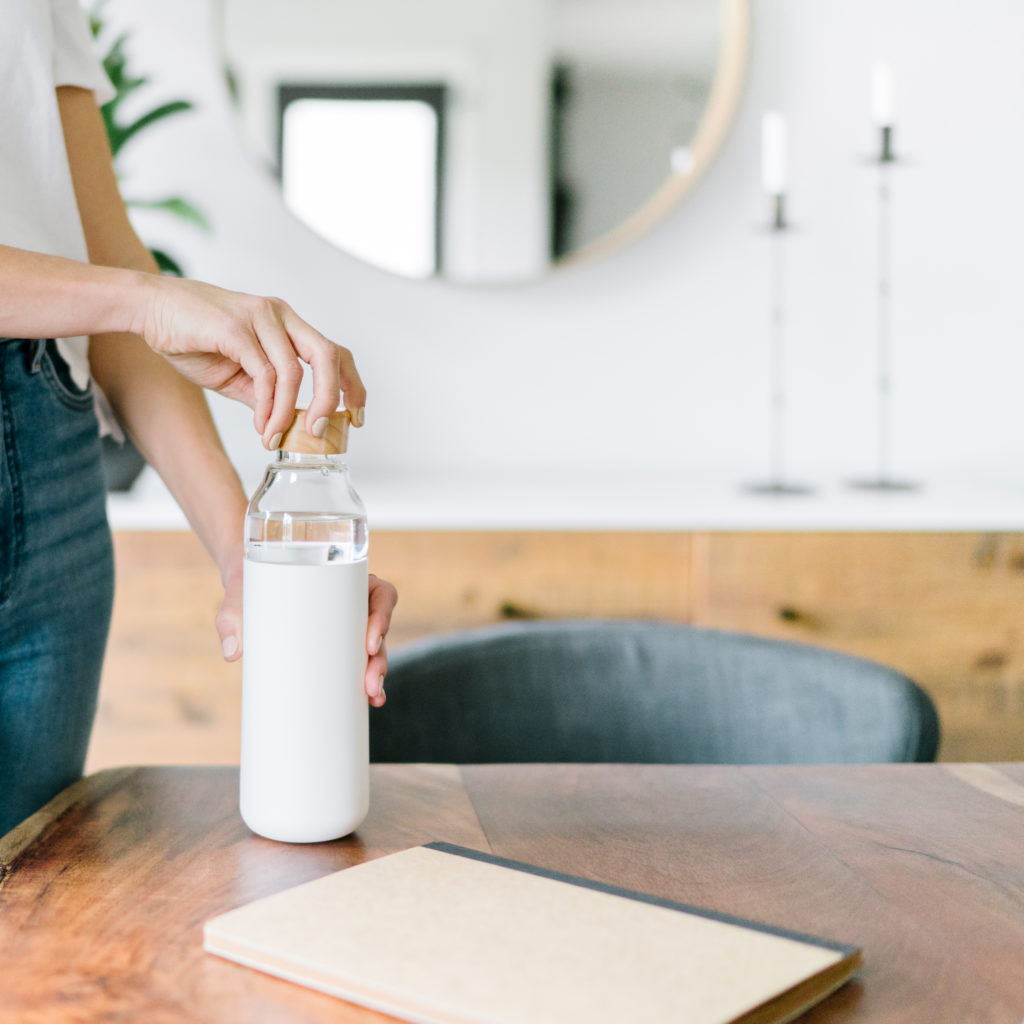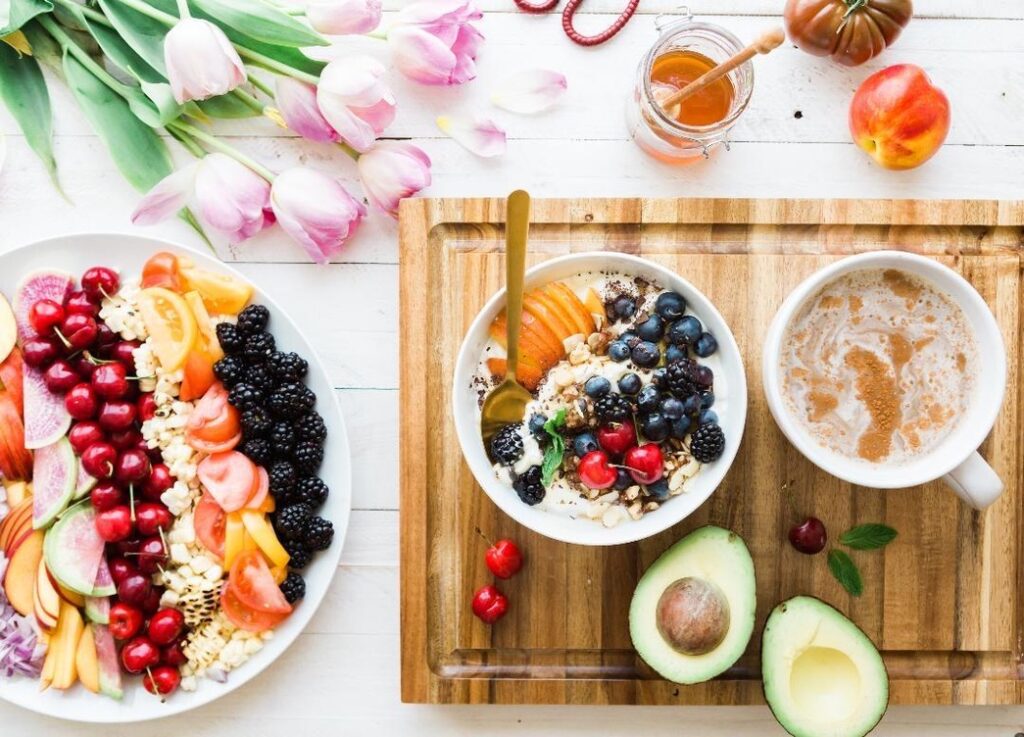Water bottles, dryer sheets and plastic grocery bags are convenient, but they are rapidly filling our landfills and causing harm to the environment. Every year, each Canadian produces over 500 kg of waste. Here are some easy suggestions to reduce waste and make your home more eco-friendly.
1. Practice FIFO (first in, first out)
You may have heard of this term if you’ve ever worked in the food industry, but you can apply the same principles at home to reduce food waste. When unpacking your groceries, move older food to the front of the pantry, fridge or freezer and put the newer items closer to the back. This will ensure that you are eating your food in the order that you bought it in and then you are more likely to eat your food before it spoils or expires.

2. Stop buying single use plastics
This is a general practice that has gained popularity in the media recently (especially with plastic straws). Single-use plastics refers to plastic items that can only be used once before they are thrown away or recycled. Items that fall into this category include plastic straws, coffee stirrers, plastic water bottles and plastic bags. Instead, opt for reusable glass water bottles, insulated coffee tumblers, beeswax wraps and reusable grocery bags. A local company that we love for some of these items is Papaya Reusables and you can check out their line of products here.

3. Replace dryer sheets with reusable dryer balls
If you think about how many times per week you do laundry and the number of dryer sheets you use per load…that’s a lot of dryer sheets in your garbage can! A great tip is to use wool dryer balls sprayed with essential oils instead of these single-use dryer sheets. Did you know that wool dryer balls reduce drying time by soaking up more water from your clothing? Eco-friendly and time saving!

4. The freezer is your friend for produce
If you notice that your produce is going bad, throw it in the freezer! Most fruits and vegetables can be frozen and then defrosted for smoothies, soups and stews at a later date. Best practice is to freeze fruits or veggies in a single layer and then transfer them to a large freezer bag or reusable container. I love freezing bananas that are starting to go bad and then adding them to smoothies or making banana muffins when needed!

5. Switch to paperless billing
One easy way to support the environment and reduce paper waste is to switch your account statements to paperless billing. Put aside an evening to switch your bills to electronic statements and watch the number of envelopes being delivered to your house decrease significantly!

6. Invest in reusable grocery bags
Buying large reusable grocery bags is one of the easiest things you can do to reduce the amount of plastic you are using. Think about your average grocery trip…I used to bring 8-10 plastic bags worth of groceries through my front door on a weekly basis. Most grocery stores are now selling large canvas reusable grocery bags that actually make grocery shopping easier. You will not have to make as many trips from the car into your house as these bags fit more groceries than the smaller plastic bags do, and they are less likely to rip. Do the environment a favour and stock up on a few of these this week. Leave them in your car so you’ll have them on hand for your next grocery trip.

7. Compost it!
Fruit and veggie scraps, coffee grounds and eggshells can all be composted! If you don’t already have a compost bin, pick one up from your grocery store or online and start to compost your produce. If you have a home garden, you can use compost as fertilizer in your garden and it will save you money on fertilizer. For more information on what can be put in a compost bin, check out this article.

Like what you’ve read? Check out an article on ways to fix your sleep here.




